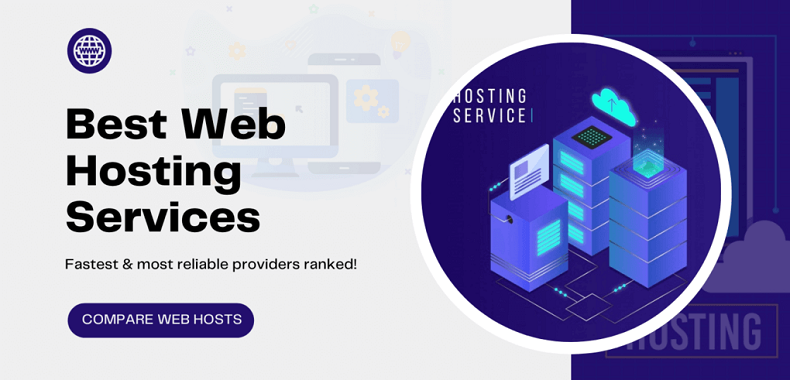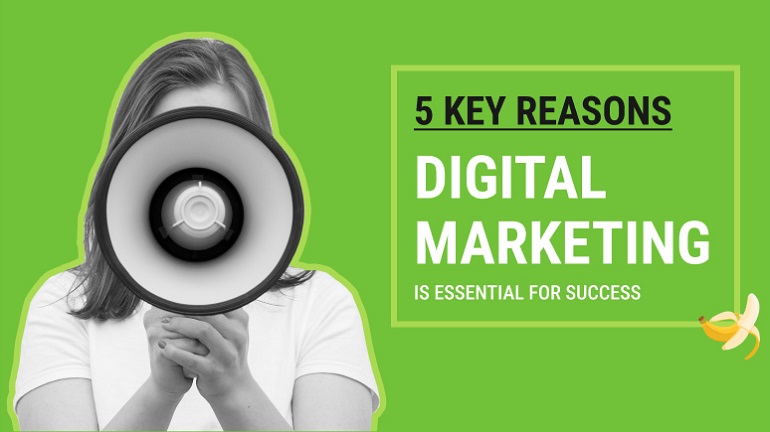Buying domain hosting is one of the first steps when setting up a website. It’s where your website files are stored and how your domain name connects to your site. This guide will walk you through everything you need to know about buying domain hosting, from choosing the right provider to setting up your hosting account.
What is Domain Hosting?
Before diving into the buying process, it’s important to understand what domain hosting is. Domain hosting is a service that stores your website’s data on a server and makes it accessible on the internet. When someone types your domain name into their browser, the hosting service delivers your website to their screen.
Steps to Buy Domain Hosting
- Choose a Domain Name Your domain name is the address people type to visit your site. It should be easy to remember and related to your business or purpose. Use a domain name registrar, like GoDaddy or Namecheap, to check if your desired domain name is available.
Tips for Choosing a Domain Name:
- Keep it short and simple.
- Avoid numbers and hyphens.
- Choose a domain extension (.com, .net, .org) that fits your purpose.
- Select a Hosting Provider The next step is to choose a hosting provider. There are many providers out there, so it’s important to do some research to find the one that best fits your needs.
Things to Consider When Choosing a Hosting Provider:
- Uptime: Look for a provider with a high uptime guarantee (99.9% or higher). Uptime refers to how often your website is available online without interruptions.
- Customer Support: Good customer support is essential, especially if you’re not tech-savvy. Make sure the provider offers 24/7 support through various channels like chat, phone, or email.
- Storage and Bandwidth: Depending on your site’s needs, you’ll want to choose a plan that offers enough storage and bandwidth. Small websites might not need much, but larger sites with lots of content will require more.
- Security Features: Look for providers that offer SSL certificates, regular backups, and protection against malware.
Popular Hosting Providers:
- Bluehost
- Hostinger
- NameCheap
- SiteGround
- HostGator
- DreamHost
- A2 Hosting
- Choose the Right Hosting Plan Hosting providers usually offer different types of hosting plans. It’s important to choose one that fits your website’s needs and your budget.
Types of Hosting Plans:
- Shared Hosting: This is the most common and affordable option. Your website shares server resources with other sites, which can be fine for small to medium-sized websites.
- VPS Hosting: Virtual Private Server (VPS) hosting offers more resources and control by giving your site its own portion of a server. This is a good choice for growing websites that need more power than shared hosting can provide.
- Dedicated Hosting: With dedicated hosting, you get an entire server to yourself. This is the most expensive option but provides the best performance and control, ideal for large websites with high traffic.
- Cloud Hosting: Cloud hosting uses multiple servers to host your website, offering scalability and flexibility. It’s a good option for websites with fluctuating traffic.
- Check for Extra Features Some hosting providers offer extra features that can be useful for your website. These might include:
- Free Domain Name: Some hosting plans come with a free domain name for the first year.
- Website Builder: If you’re not familiar with coding, a website builder can help you create a site with drag-and-drop tools.
- Email Hosting: Hosting providers often include email hosting, allowing you to create professional email addresses with your domain name.
- Content Management System (CMS): Many hosting providers offer easy installations for popular CMS platforms like WordPress, Joomla, or Drupal.
- Review Pricing and Renewal Costs Hosting providers often offer low introductory prices that increase when it’s time to renew. Make sure you understand the full cost, including renewal rates and any additional fees for extra services.
Tip: Look for providers that offer a money-back guarantee. This allows you to try the service without risk.
- Purchase and Register Your Hosting Once you’ve chosen your provider and plan, it’s time to purchase your hosting. During the checkout process, you’ll usually be asked to register your domain name if you haven’t already done so.
Steps to Register Your Domain Name:
- Enter your desired domain name and check its availability.
- If available, add it to your cart. If not, the registrar will suggest alternatives.
- Complete the registration process by providing your contact information and choosing your preferred domain privacy option.
- Set Up Your Hosting Account After purchasing, you’ll receive an email with login details for your hosting account. Log in to your hosting dashboard to start setting up your website.
Setting Up Your Hosting Account:
- Connect Your Domain: If your domain is registered with a different company, you’ll need to point it to your hosting provider’s nameservers. This information is usually provided in your welcome email.
- Install a CMS: If you’re using a CMS like WordPress, use the one-click installation feature offered by most hosting providers.
- Set Up Email Accounts: If your hosting plan includes email hosting, set up your professional email addresses.
- Launch Your Website Once your hosting is set up and your website is ready, it’s time to launch! Make sure to test everything to ensure it works smoothly.
Tips for Launching Your Website:
- Check all links and pages to ensure they load correctly.
- Test your site on different devices and browsers to make sure it’s responsive.
- Use tools like Google Analytics to monitor your site’s performance after launch.
Conclusion
Buying domain hosting is an essential step in setting up your website. By following this guide, you can choose the right domain name, hosting provider, and plan to meet your needs. With your domain hosting in place, you’re ready to launch your website and share it with the world.







